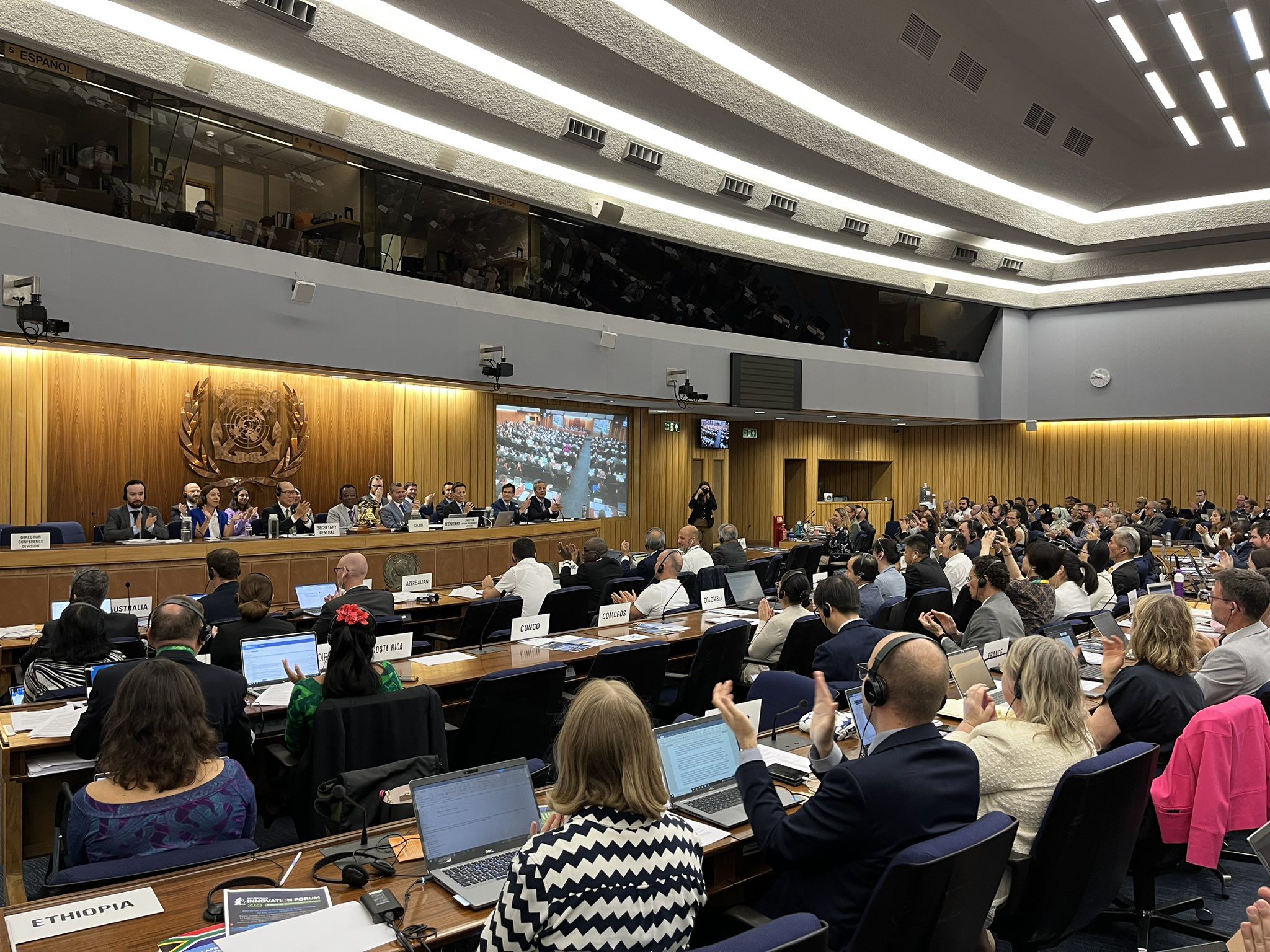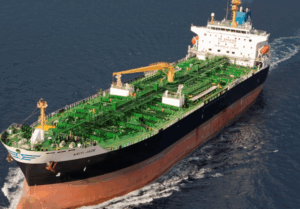The new decarbonisation targets by the International Maritime Organization have been widely criticised during the summer period, when IMO MEPC agreed on a revised strategy to decarbonise the global shipping industry, a giant 1 billion tonnes a year emitter.
There was a lot of criticism in the outcome of the IMO´s Marine Environment Protection Committee (MEPC) 80th session in July, describing the deal as a “wish and a prayer agreement”, mentioning that the level of ambition agreed is “far short” of what is needed to be sure of keeping global heating below 1.5C.
New analysis by commercial advisory service UMAS has found that “the IMO’s targets correspond to a path on 1.55oC and 1.6oC according to the budget defined by the IPCC.” But ambitious national, regional and corporate action needs to be taken, UMAS urged.
In July, IMO members agreed on “indicative checkpoints” of reducing emissions by at least 20%, striving for 30%, by 2030, and at least 70%, striving for 80%, by 2040, reaching net-zero “by or around, i.e., close to 2050”, qualified by whether “national circumstances allow.”
The huge level of modifications to existing and new ships, even at the minimum level of ambition, which requires the average ship’s GHG intensity to be reduced by 86% by 2040, spell an end to the era of fossil fuelled shipping.
However, national, regional and corporate actions need to move to clear 1.5oC alignment otherwise they will lag behind IMO’s ambition and risk creating confusion, opacity, inaction and admin burden to the transition, as Dr Tristan Smith, Reader at UCL Energy Institute, Director of UMAS said.
But if these actions are strengthened and more carefully dovetailed into the nature of the transition IMO’s Revised Strategy now signals, then there remains a key role to play for such actions to support and assist the sector, especially in the period to 2027-28 (before entry into force of further IMO regulation).
In its analysis UMAS says the “IMO’s Revised Strategy creates a very clear onus for a rapid and strong upwards revision of corporate, national and regional actions.”
The “time window for national actions has been compressed,” UMAS notes, and their role/value is changing. There is now only a small window of 3-4 years before IMO’s mid-term measures enter into force in 2027/2028.
There will always be a need for action on the domestic fleet (which is not covered by IMO regulation) so domestic maritime regulation remains important.
For international shipping servicing a country, there is still a gap in legislative clarity until 2027/28 when IMO mid-term measures enter into force.
“Stimulating early adoption and first movers in that period remains important,” adds the advisory service.
Dr Nishatabbas Rehmatulla, Principal research fellow at UCL and Principal Consultant at UMAS, highlights that “Much remains to be desired of industry initiatives. Our analysis shows none are aligned with the latest climate science in terms of their ambition and lack transparency. This needs to change, for example by following guidance published by the UN for private actors, or the very actors that present themselves as the vanguard face the risk of being called out for greenwashing.”
The report provides a number of recommendations to stakeholders in light of the above.
In accordance with UMAS research analysis, corporate actors and investors must apply and align with the UN’s High Level Expert Group guidance on integrity, including all scopes from one to three, interim targets and disclosure, or risk becoming irrelevant.
Furthermore, national actors should bring forward plans for national action to be particularly focused on the period from now to 2027/28, bringing forward public/private collaborations to ensure these have a chance of fulfilling their roles during this decade, and establish a definition that Green Corridors must have zero or near-zero GHG operation before 2030.



